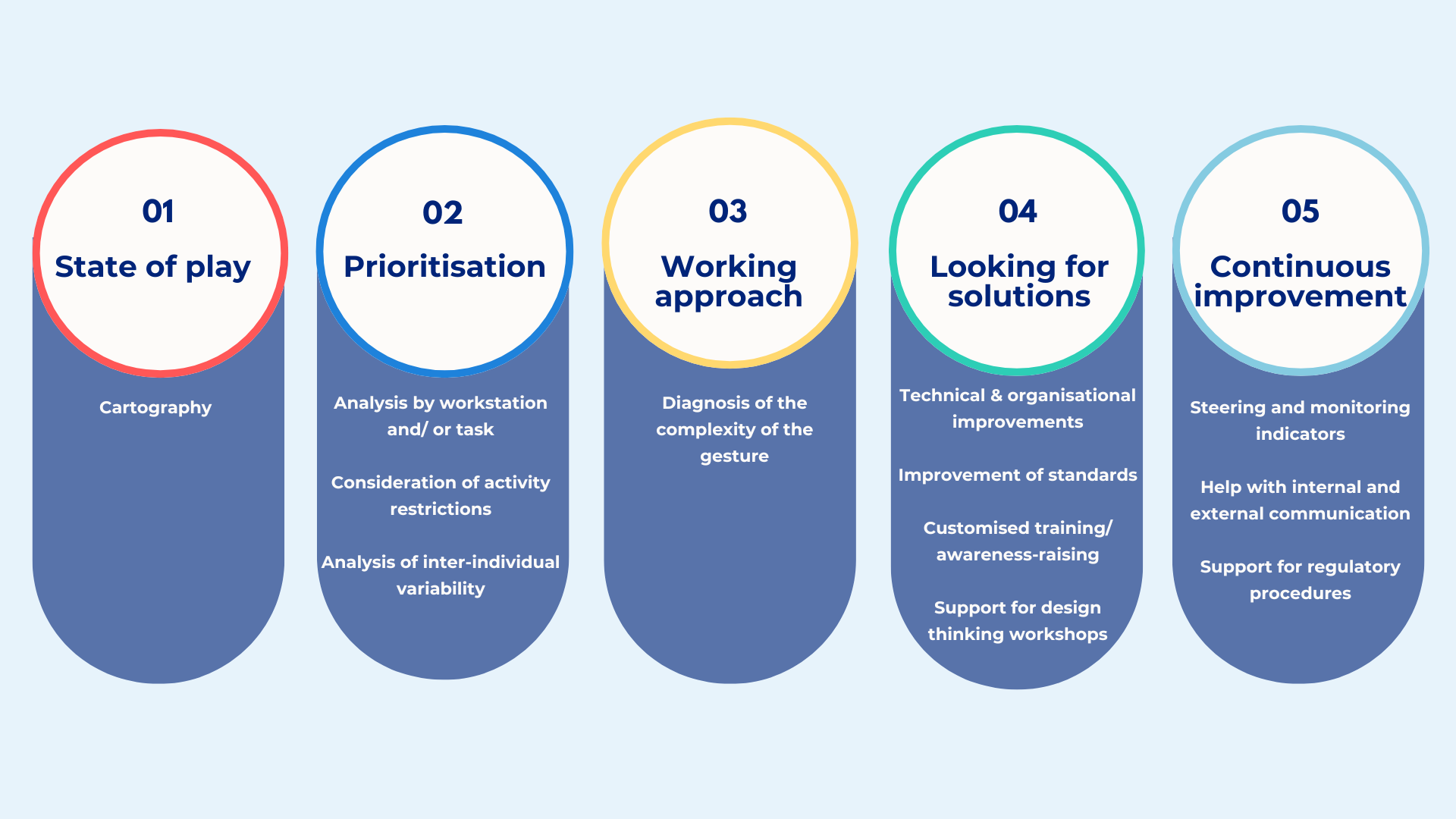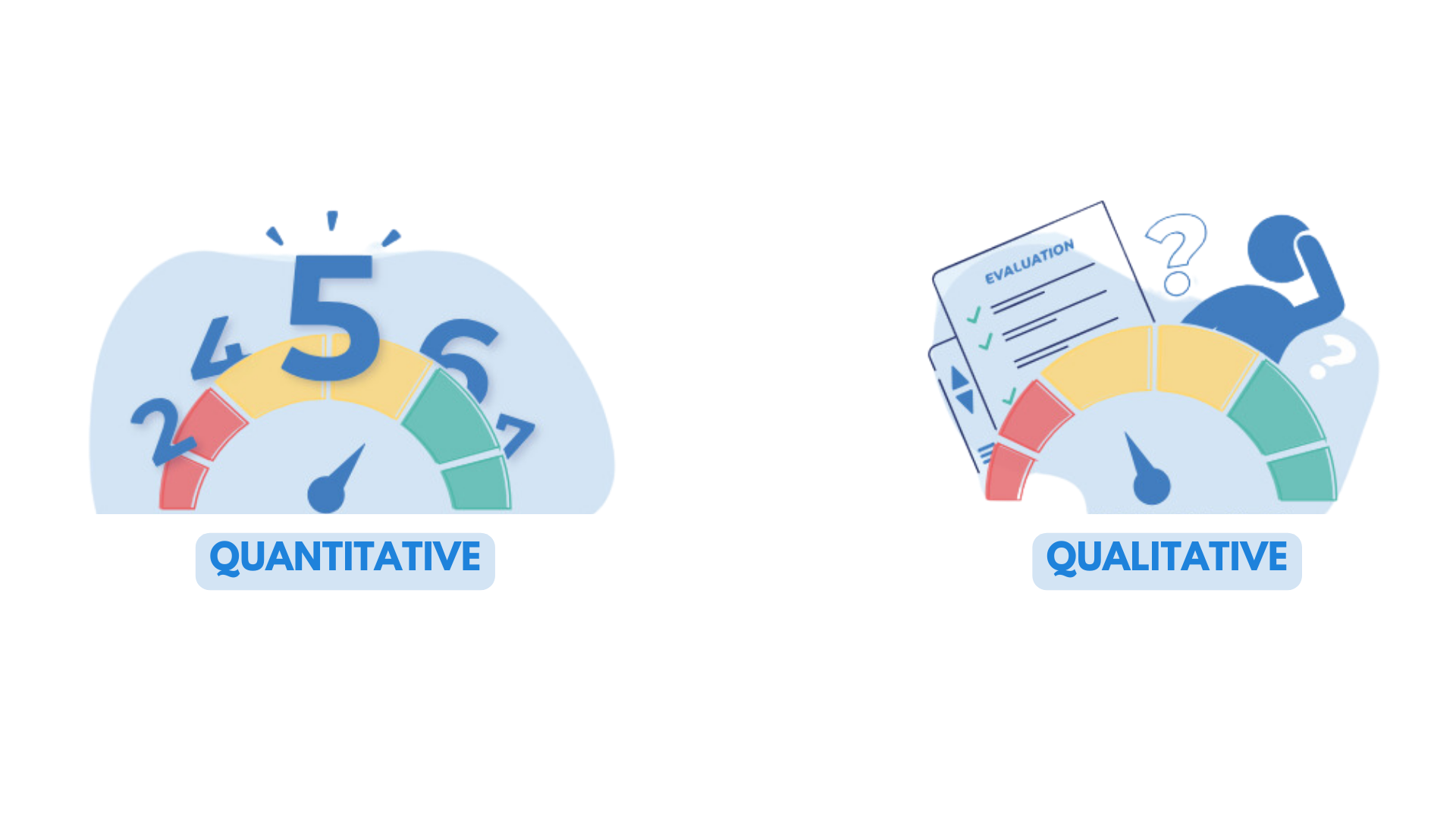8 tips for an effective preventive healthcare policy
The backbone of your prevention initiatives, the health and safety prevention policy formalize your company’s commitment to prevention, identifies the internal players involved and their responsibilities, sets the expected objectives and provides a framework for the prevention initiatives carried out. If you are planning to implement a prevention policy, or update your existing one, this article is for you!
We give you our 8 essentials for building an effective preventive health policy.
N° 1 – View preventive health care as a strategic topic for your company
First, you need to understand the importance of health and safety prevention in the workplace. Creating a policy or developing an existing one is a major undertaking that requires time and resources. The results and effectiveness of the approach depend on the seriousness and commitment of the parties involved.
For your company, a preventive health and safety policy should have the same importance as a recruitment policy, a CSR policy, or a disability policy. This document is the starting point for all prevention initiatives. It’s crucial to ensure that all stakeholders know what they must do, and within what framework.
N°2 – Structure a prevention plan based on your professional health and safety policy
Creating a prevention policy is only the first step towards an active approach, involving a prevention plan and concrete actions. Your health and safety prevention policy will remain incomplete unless medium- and long-term actions follow.

N°3 – Upgrade workstations
Upgrading workstations is an effective way of preventing professional hazards. An unsuitable workstation is a major cause of professional accidents. It can also increase the risk of musculoskeletal disorders (MSD).
By assessing workstations and reducing risks, you can improve the health and safety of your employees and prevent workplace accidents.
N°4 – Adopt a collaborative approach to prevention issues and projects
We have seen it time and time again: companies that manage to involve their employees in their prevention projects, especially those most exposed to professional risks, achieve better results.
Adopting a collaborative approach motivates employees: by asking the people concerned for their opinion and inviting them to workshop on co-designing and optimizing workstations. It’s an opportunity to develop an interest in preventive health care.
They naturally adopt virtuous behaviors that can reduce the risks to which they are exposed.
N°5: Communicate regularly on the subject to keep employees informed
Internal communication is used to pass on important information about the company to all employees. Its role here is ideally suited to amplifying your professional health policy.
By communicating, you make the fight against MSDs part of the corporate culture. You also raise employee awareness of these issues. On this point, why not send out regular e-mails, in collaboration with the professional health department, on health-related issues?
Some companies also pass on actions taken by their teams in the field, so that they can be shared with the whole group (and generalized).
N°6: Call on specialists to help you achieve your goals
Professional health and safety are a complex subject requiring a cross-disciplinary approach.
Even if you’re lucky enough to have competent employees trained in-house, calling in outside experts offers you the opportunity to challenge your practices. This is even more relevant for multi-site organizations that must manage changes in legislation and their many specialized trades at the same time.
The experts take a fresh look at your internal processes, organization and working conditions, all of which influence the occurrence (or reduction) of MSD risk factors. They have the necessary distance to take your prevention policy to the next level of excellence.
N°7: Maintain employee training levels
Your employees are stakeholders in the prevention process: they are all concerned. What’s more, we’ve found that an operator who has been trained in professional gestures is less likely to contract musculoskeletal disorders, because he becomes more sensitive to his postures.
Our ergonomists work in companies to train ergonomists, preventionists and operators alike. The technical level and objectives of our training courses vary according to the target audience. From raising the awareness of operators and local managers to the fundamentals of designing new workstations, we offer comprehensive training and health prevention services focusing on MSDs.
N°8: Measure the effectiveness of your prevention approach
It’s impossible to know whether your prevention approach is effective if you haven’t set yourself clear objectives from the outset. Beforehand, determine quantitative indicators that can be measured in figures, and qualitative indicators that can be collected through surveys or interviews.
These indicators will give you a clear idea of how the project is progressing. If you’re getting closer to your objectives, your prevention approach is working. If you’re not, you need to adjust.

Bonus tip: Stay on top of things to optimise your processes
When it comes to prevention, adopting a constant optimisation approach ensures you deliver the best and constantly improve the well-being of your employees. You stay up to date.
A tool like KIMEA is ideal for ensuring that your workstations are optimised over time: thanks to the KIMEA score and visual indicators, you can assess your progress at a glance.
